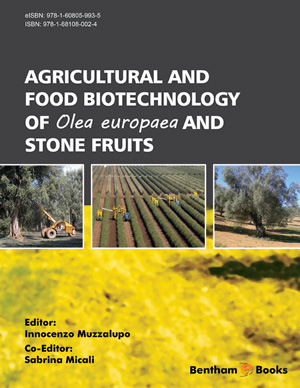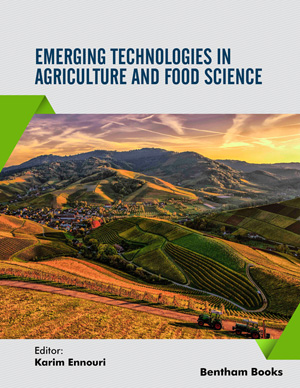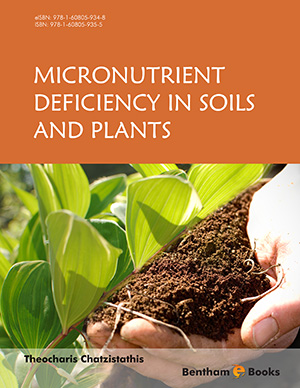Abstract
Domestication is the process through which a wild plant becomes a crop. The process is the result of the selection, either deliberate or as a byproduct of agricultural practices, of characteristics favorable to human beings. The sum of such characteristics is usually described as the ‘domestication syndrome’ because the types of traits selected are often shared among many different species. The most commonly selected traits are loss of seed dispersal, reduced seed dormancy, changes in growth habit, flowering time, and gigantism, all of which have an impact on morphology, reproductive strategies and, most importantly, production (yield and harvest index). Depending on the plant and its use, other traits could be selected, such as reduction or loss of toxic compounds, winter hardiness, nutritional quality, etc. Most domestication took place in ancient times, but there are a few examples of recent and accelerated domestication, for instance sugar beet. It is now possible to achieve the domestication of new species, based on the deliberate induction and combination of traits, using a set of approaches: classical plant breeding via hybridization and selection (including wide area crosses, hybrid seeds and plant cell culture), coupled with molecular tools such as Marker Assisted Selection, transgenesis, and site directed mutagenesis. Examples of interesting traits as well as candidate crops are discussed. Thus, we have the means to repeat the achievements of the early domestication wave and do even better, but this requires drastic changes in international and national regulations impacting on plant biotechnology and novel breeding techniques.
Keywords: Agriculture, Biofuel, Biomass, Biotechnology, Crop, Genetic engineering, Genetic resources, Genome, Harvest index, Marker assisted selection, Natural pesticides, Secondary metabolism, Seed dispersal, Seed dormancy.














